Pisac ruins
Continuing with the theme of visiting ancient ruins (the main tourist activity in Peru) – our next day out was to Pisac – located in the Sacred Valley – a very famous valley in Peru, full of ancient ruins and tourists – Machu Picchu is located in the Sacred Valley.
Getting to the village of Pisac takes around an hour from Cusco in a shared minivan – they go frequently so it’s not too much trouble to get there. Once in Pisac though, you have to get up to the ruins, which are high up on a hill overlooking the village.
There are apparently two ways to get up to the ruins – either by taking a taxi, or by hiking the VERY steep trail up to the top – which apparently takes around 1.5 – 2 hours. We like to avoid taxis wherever possible, so we were prepared for the long slog up – however, when we popped into a nearby tourist office to get a map, a policeman there kindly told us of a third way (yes, the tourist office was staffed by a single policeman…)
This ‘third way’ was to get a local minivan heading towards the next village, and then get out at the road junction up to the ruins. From there, you could walk for around 40 minutes slightly uphill to an alternative entrance to the ruins. This was a great idea because it was cheap, saved time, and also it turned out that the Pisac ruins are around 2km long, and this entrance was at the opposite end of the ruins to the trail to town – so you could arrive there, walk one-way through the ruins, and then come back down on the walking trail – PERFECT! We had to walk a few blocks to get the minivan, and wait around 10 minutes – and then we were OFF! 🙂
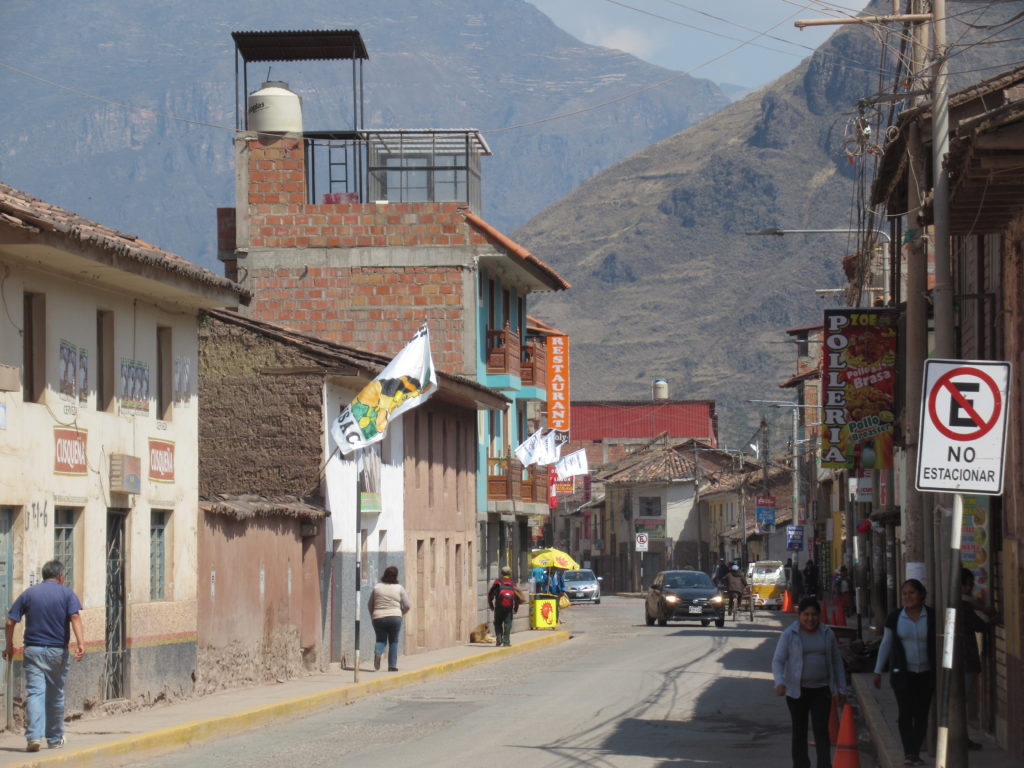
Once the bus dropped us off, the walk along the road to the ruins was very scenic, and not too steep.

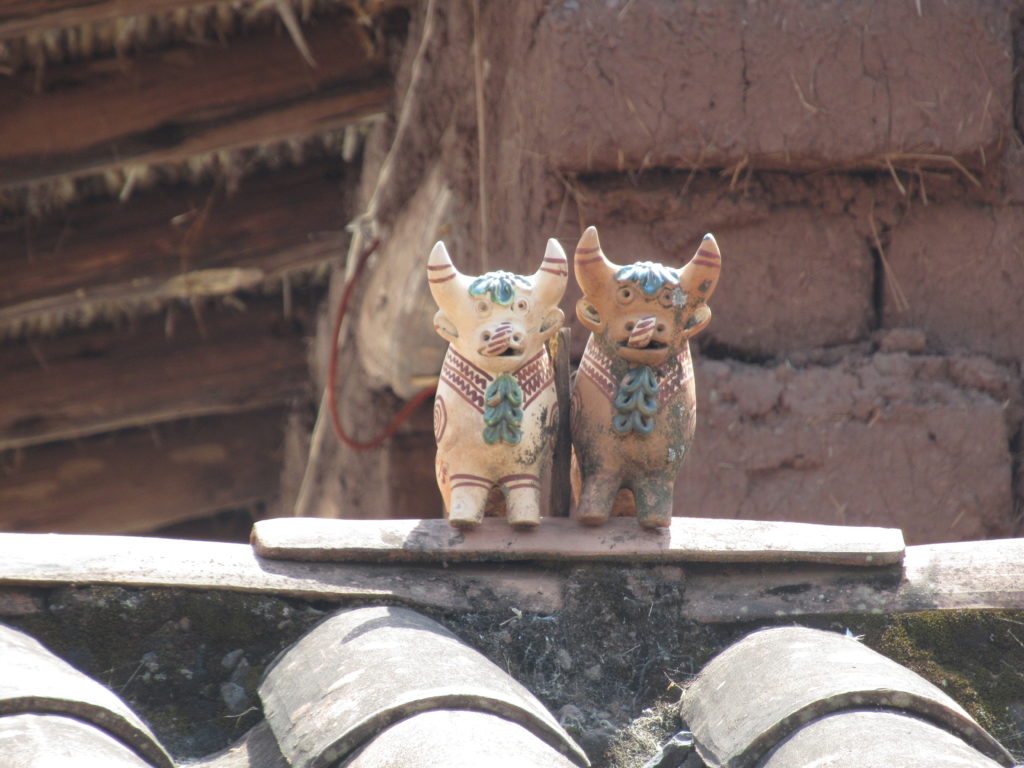
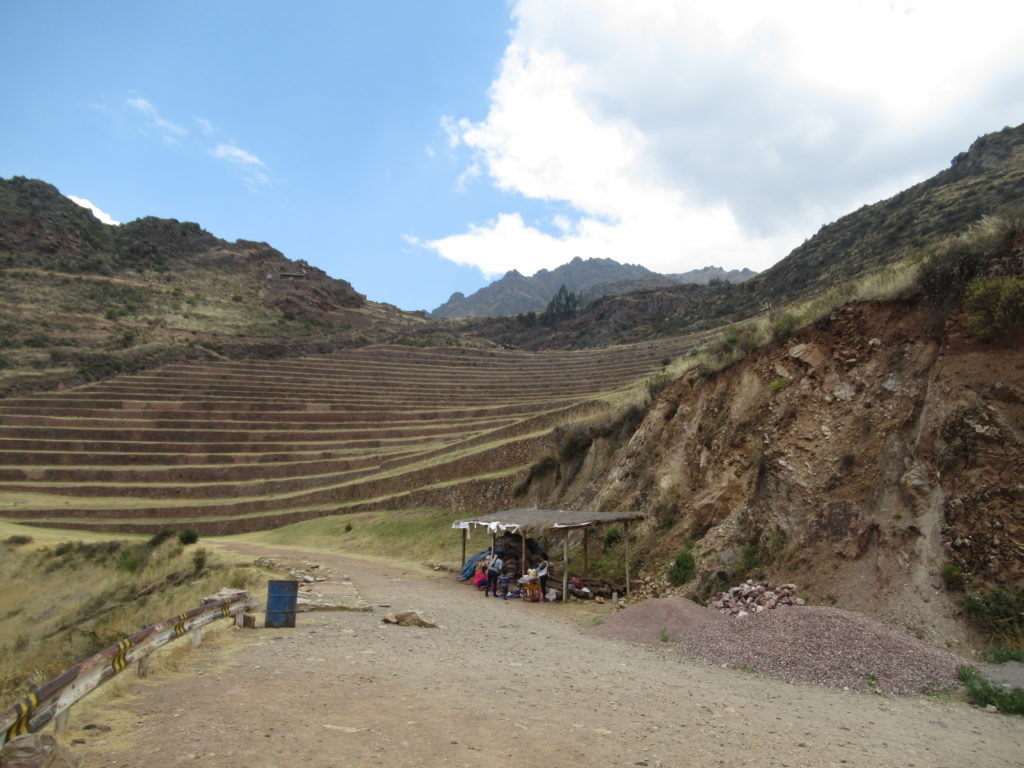
The ruins themselves were excellent! They were located in a really dramatic setting, spread for 2km across the mountain tops, with amazing views all around. They were also very peaceful, and at the time we visited there were hardly any other tourists there.
The ruins are Inca ruins, which were built sometime between 1440 and 1520. A lot of the ruins are in good condition, and you can see the famous Inca stonework, a ‘temple of the sun’, baths, altars, water fountains, and a ceremonial platform.
But one of the most impressive features of Pisac, is the agricultural terraces all around the edge of the site. These terraces were cut into the hillside so that crops could be grown on them. There are really impressive to look at, and many of them are still being used by the local people to this day for crop growing.
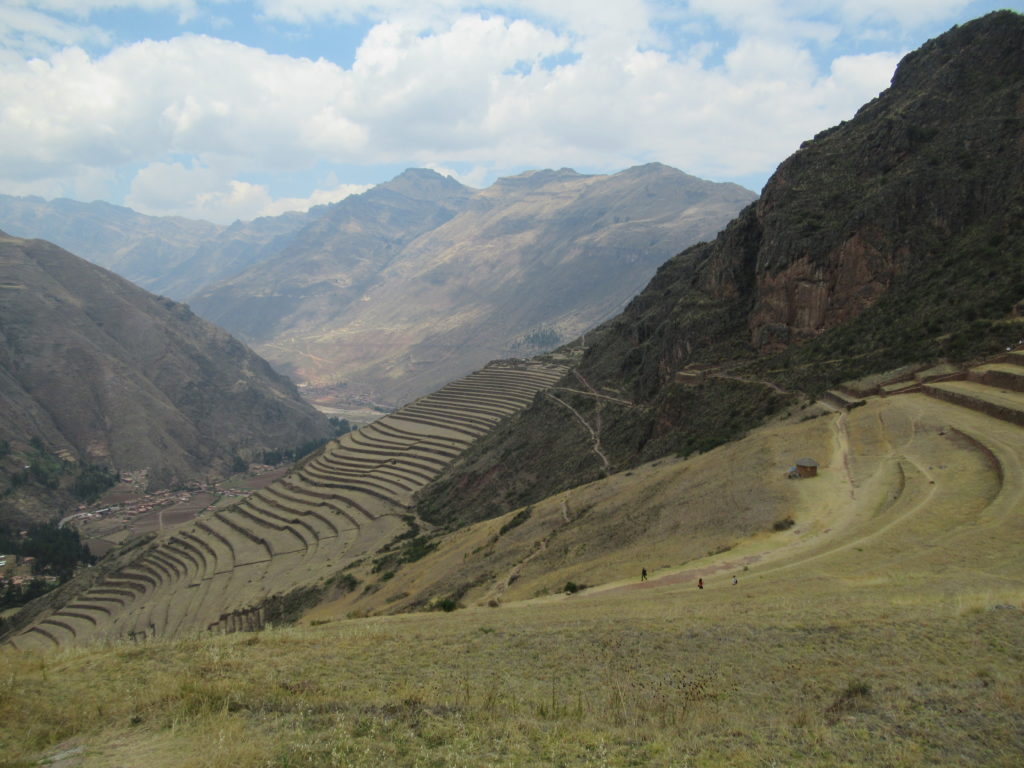
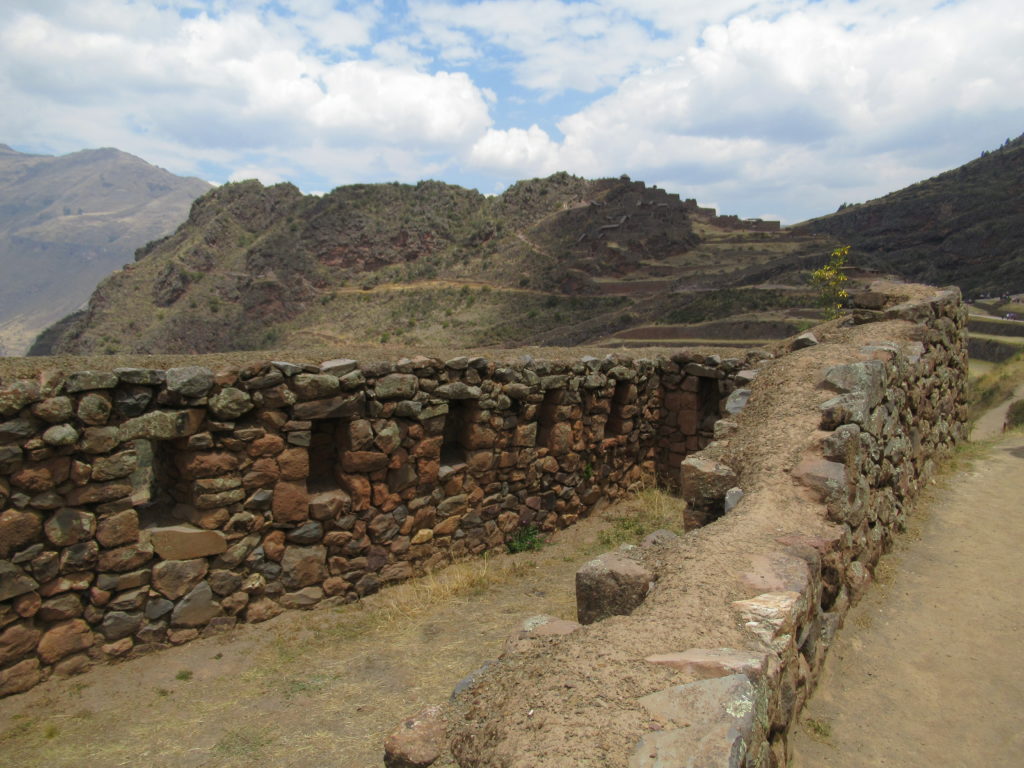


There were a few trail options to walk from one end of Pisac ruins to the other end – and although we didn’t really have a clue where we were going, we ended up on an excellent trail that took us up a really steep mountainside, and then down through a kind of ‘tunnel’ to the next part of the ruins.
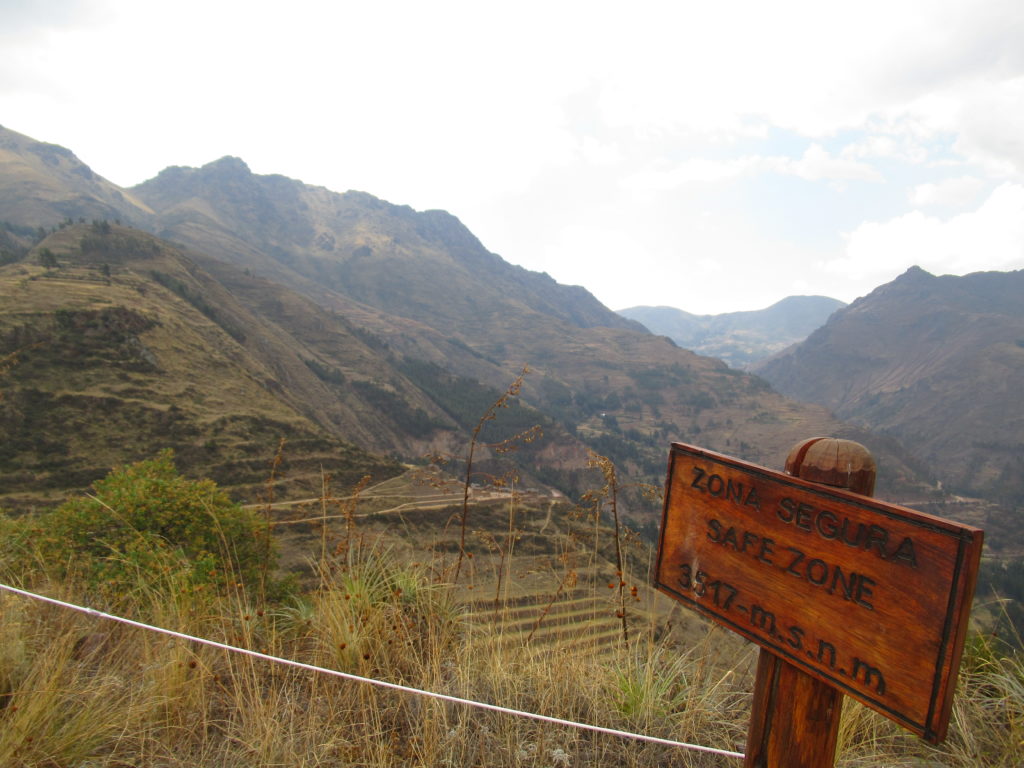
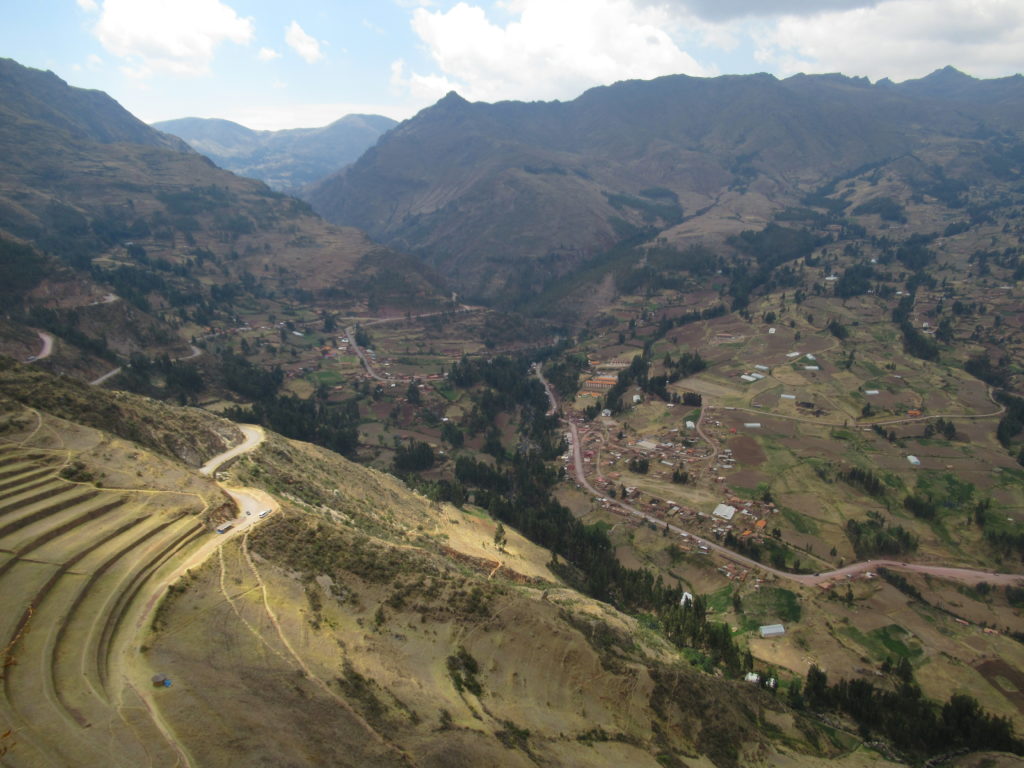


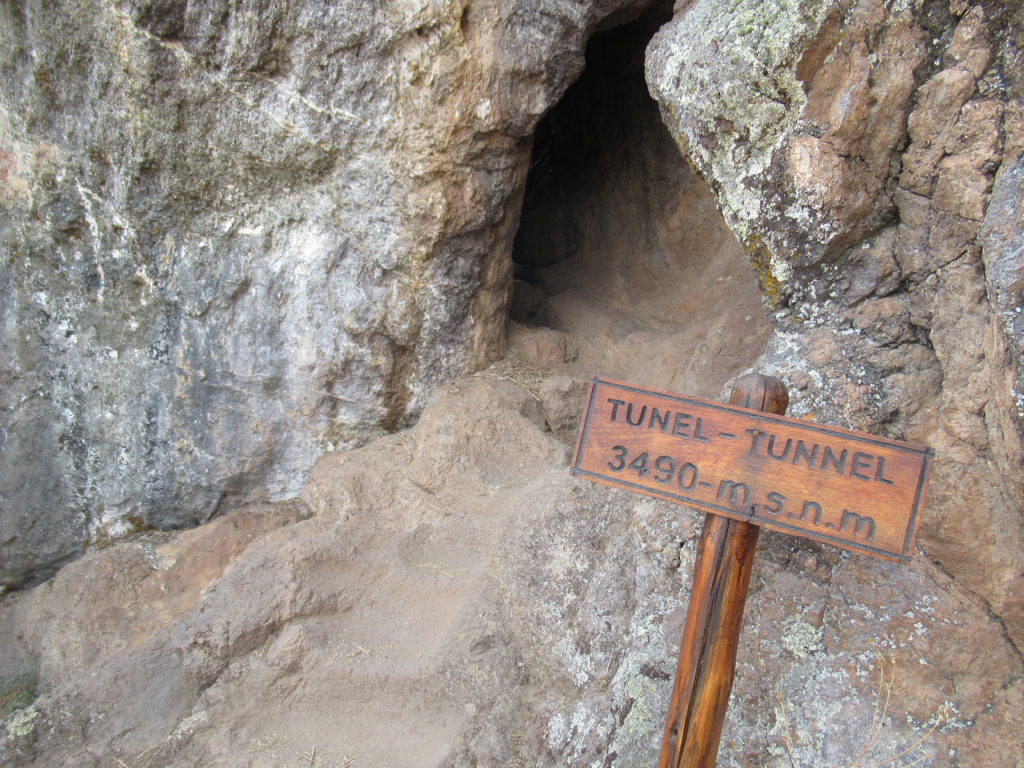
After we left the ‘tunnel’ area, we arrived at the part of the ruins where most of the ancient buildings were, and where the main temple was.

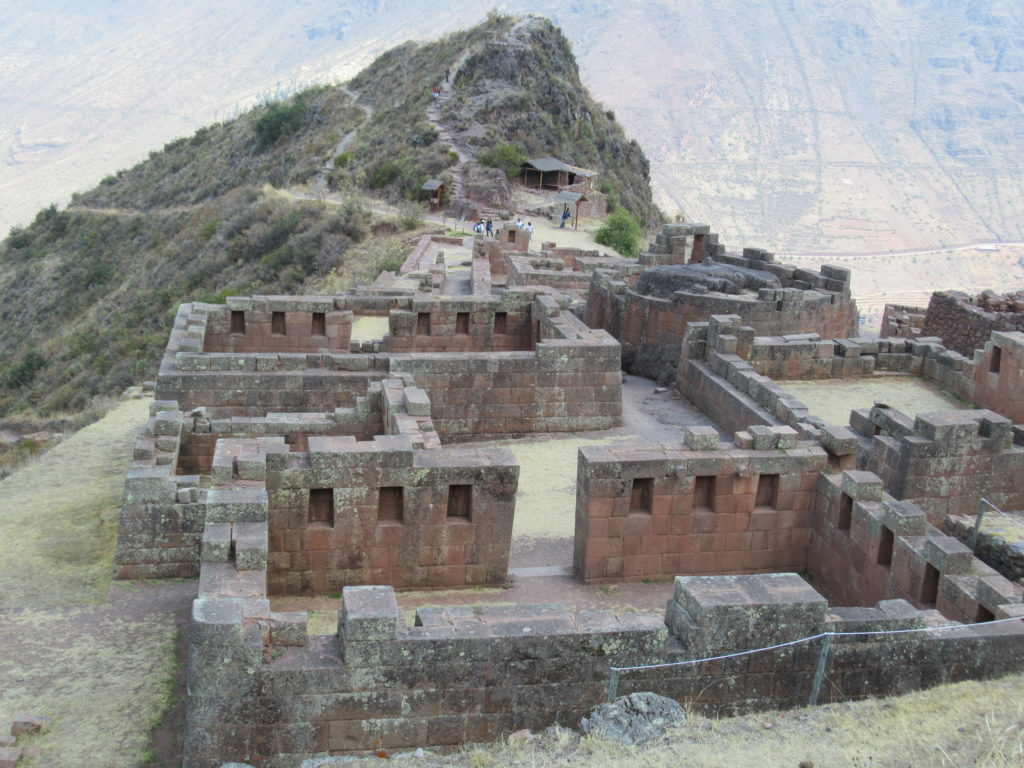

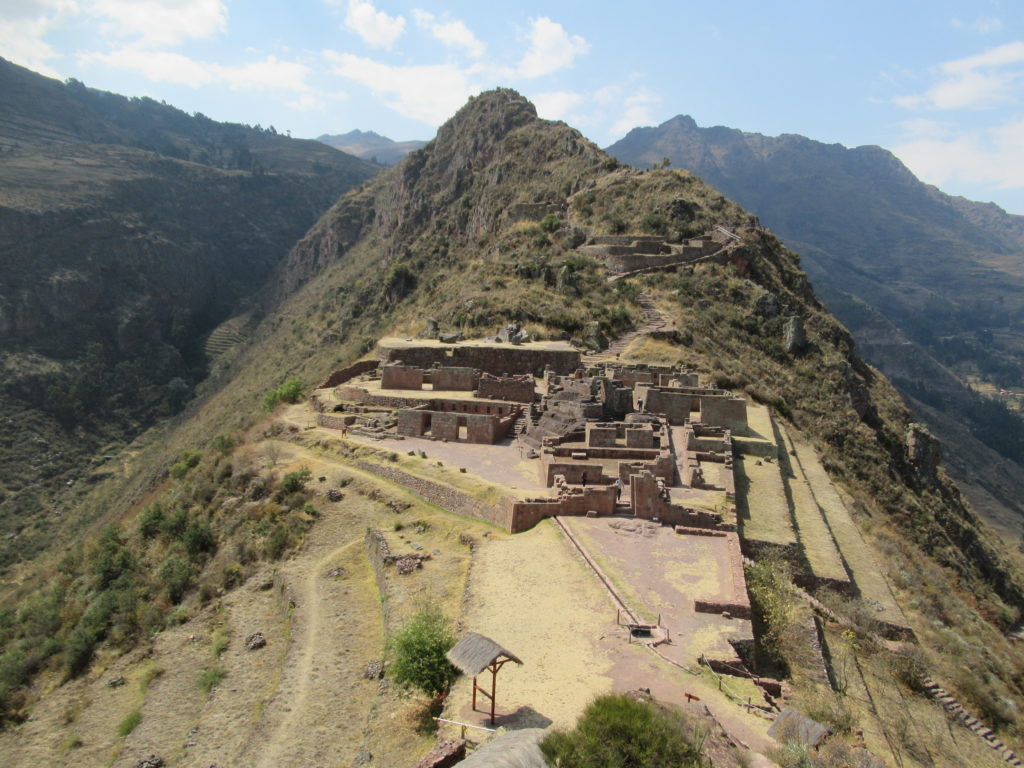



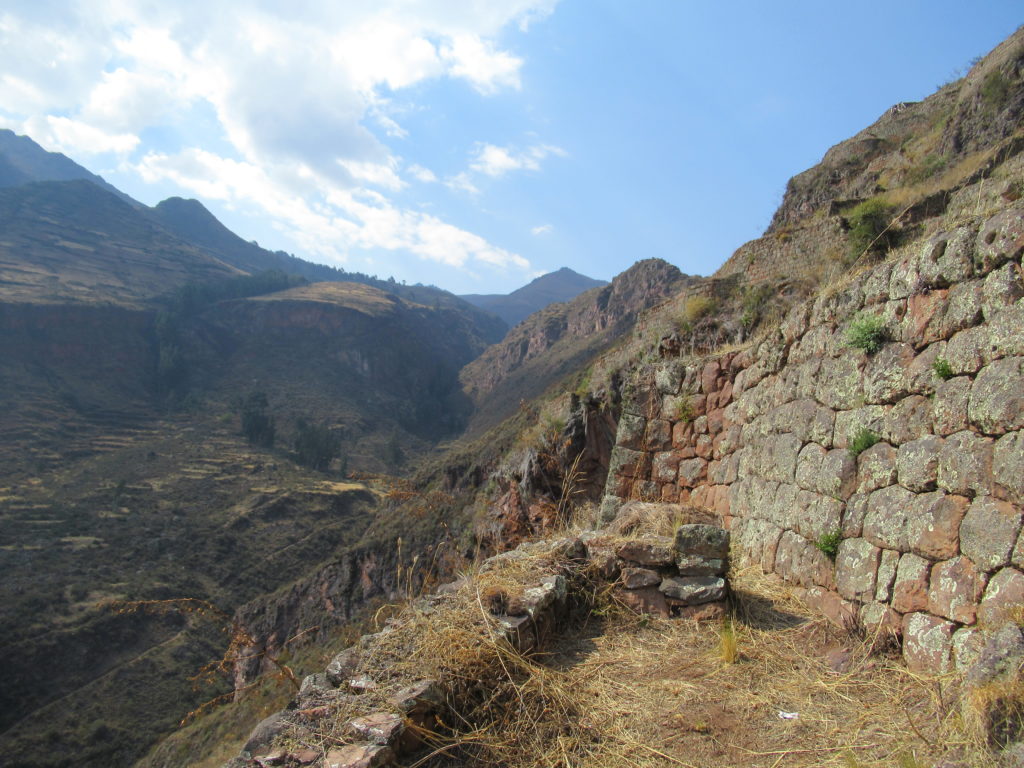
We spent around 4 hours wandering around the ruins – including our standard ‘eating sandwiches while looking at a nice view’ break, and it FAR exceeded our expectations 🙂 All we had to do now was take the trail back down to Pisac – which turned out to be very scenic as well! 🙂


Once back at Pisac, it was an easy bus ride back to Cusco – a highly recommended day out.
